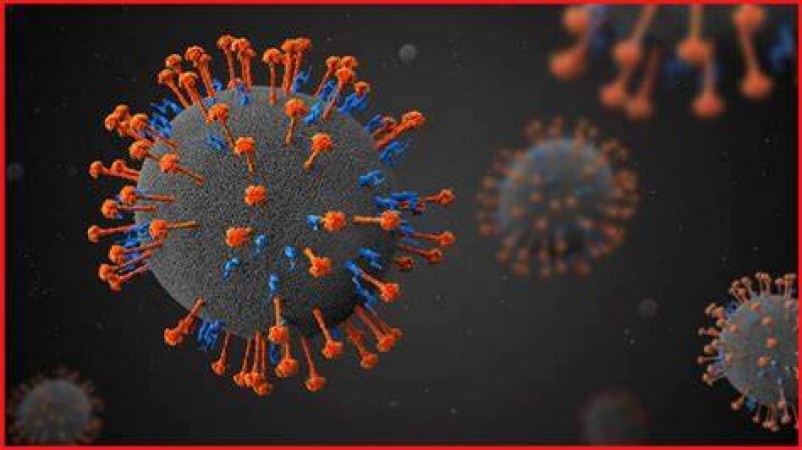
The resurgence of the Nipah virus (NiV) in southern India has triggered alarms, prompting swift responses from health authorities. The recent outbreak has already claimed the lives of two individuals and infected five, raising fears of a potential public health crisis.
In response to the outbreak, the Kerala Health Minister, Veena George, has taken urgent measures to mitigate the virus's spread. Several schools in the affected Kozhikode district of Kerala have been promptly closed. This precautionary action aims to reduce the risk of the virus spreading within educational institutions.
The health authorities have been proactive in identifying potential contacts and contaminated areas. Extensive efforts have been made to trace and test individuals who may have been exposed to the virus. Approximately 950 contacts have been identified for testing, with 213 individuals identified as "high risk."
Authorities are mobilizing efforts to contain the virus and prevent further transmission within the community. This includes isolating affected areas and conducting thorough investigations to determine the source of the outbreak, a critical step in formulating effective containment strategies.
To understand the origin and carriers of the Nipah virus, experts are collecting fluid samples from bats and fruit trees. Bats, in particular, are known carriers of the Nipah virus. Analyzing these samples can provide essential insights into the transmission dynamics and help devise strategies to curb the spread.
Recognizing that forested areas can be potential hotspots for virus transmission, the Ministry of Health is conducting tests and collecting fluid samples from these regions. This proactive approach is vital in identifying potential reservoirs and understanding the possible routes of transmission.
Augmenting the medical response, mobile health units have been deployed to support medical centers in Kozhikode. These units play a critical role in conducting tests and epidemiological studies, aiding in better understanding the scope and severity of the outbreak.
In addition to immediate actions, public engagement is crucial. Educating the public about preventive measures and symptoms is paramount to controlling the outbreak. Clear communication from health authorities can help alleviate fears and misconceptions.
Efforts to prevent panic and misinformation are underway. Transparent communication and providing accurate, up-to-date information are crucial in managing public anxiety and ensuring compliance with safety measures.
The success of containment measures hinges on community cooperation. Adhering to guidelines, reporting symptoms promptly, and following preventive measures are essential components of a collective effort to curb the virus's spread.
Ensuring the safety of healthcare workers is a top priority. Providing adequate protective gear and training is essential to maintain an effective healthcare response while safeguarding the well-being of frontline workers.
Collaborating with international health organizations and experts is essential to gain insights from previous outbreaks and adapt strategies accordingly. Sharing experiences and best practices strengthens global preparedness and response.
Continuous learning from each outbreak should guide adaptations in protocols and response strategies. This iterative approach enhances preparedness and response for future occurrences.
Ongoing monitoring and timely updates are crucial to adapt strategies as the situation evolves. Flexibility in response is key to effectively managing the outbreak.
Reassurance from the government, pledging full support and allocation of adequate resources, is vital to instill confidence in the public and healthcare workers.
The outbreak underscores the need to bolster nationwide preparedness, ensuring that all regions are equipped to respond effectively to emerging infectious diseases.
Investing in research for Nipah virus treatments and preventive measures is essential for developing long-term solutions and strengthening global health security.
International cooperation and diplomacy in public health are essential for effectively addressing outbreaks, emphasizing the importance of collaborative efforts across borders.
Maintaining vigilance and proactively monitoring potential outbreaks are vital to safeguard public health and respond swiftly to any emerging threats.
Explained | Deadly Nipah virus strikes India; learn about symptoms, causes, and more